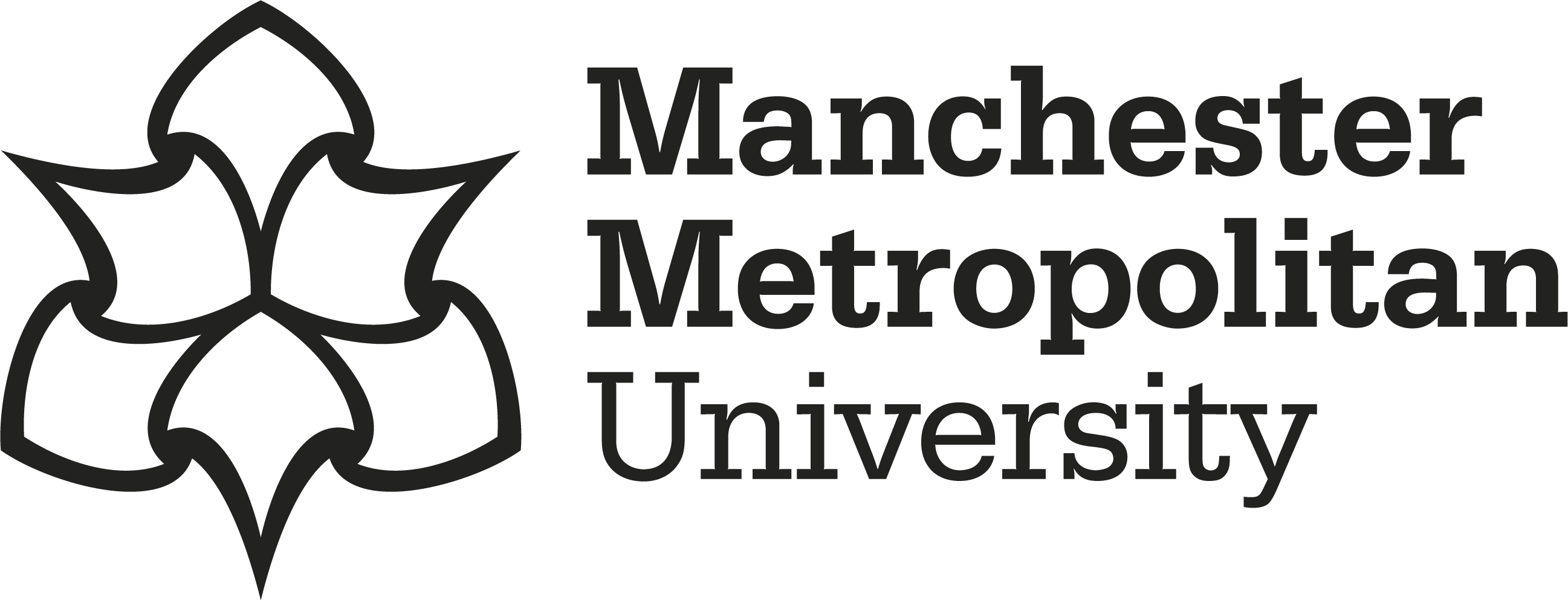Whitehead, Kathryn A 



|
Published Version
Available under License Creative Commons Attribution. Download (2MB) | Preview |
Abstract
This work determined the resistance of paint formulations containing TiO2 particles to fungal growth. Siloxane, acrylic and silicone paints were placed outdoors, and the fungal species growing thereon were recorded after 3, 6 and 9 months. In addition, three paint types containing TiO2 with/without biocide were inoculated with fungal spores and irradiated using UV. Acrylic paints were also doped with different metals and were inoculated and incubated under fluorescent light. Following outdoor incubation, the silicone paint was the least colonised by different fungal species. The species most recovered from the surfaces were Aspergillus spp. and Penicillium spp. Following UV irradiation on different paints containing biocide and/or a photocatalyst, no fungal growth was demonstrated on some of the paint combinations. When the paint samples were doped with different metals and incubated using light, the sample most efficient at preventing fungal growth contained lanthanum (0.004%). The paint samples containing praseodymium (light:1.72) facilitated the densest fungal colonies. Most of the surfaces demonstrated heterogeneous coverage by the fungi. The most clustered fungal colonisation was on surfaces incubated in the light. This work demonstrated that fungal colonisation on paints changed over time and that the antimicrobial efficacy of TiO2 was affected by the chemical composition, biocide and doping of the paint.
Impact and Reach
Statistics
Additional statistics for this dataset are available via IRStats2.


